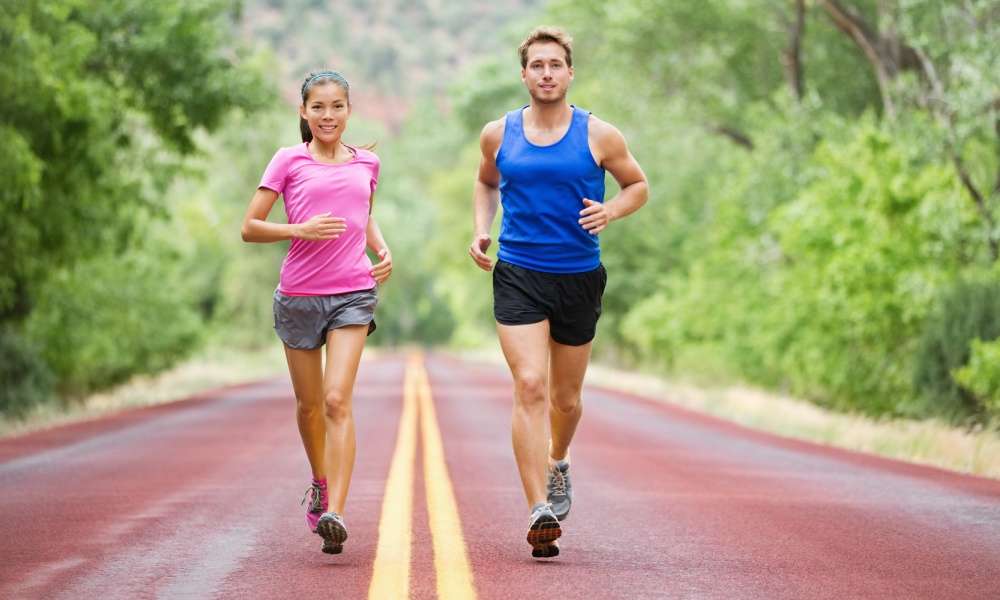Shoes for People with Flat Feet

“Flat feet” (sometimes known as “fallen arches”) occur when the arches of the foot sink, resulting in the entire sole contacting or almost contacting the ground when you walk. Since the arches of your feet exist to cushion the shock impact when walking or running, wearing “regular” shoes can be uncomfortable, and may even cause aches and pains in the feet and straining to the legs.
Thankfully, there are shoes designed to ameliorate the symptoms and effects of flat feet. The best footwear for people with flat feet fall into three main categories, as follows, going from low to high additional support.
Support shoes
Support shoes have features, like added cushioning for the arch area, to better distribute pressure. There may also be extra support for the ball of the foot and the heel. Many of the major footwear lines—not just athletic—advertise shoes with these sorts of “added support.”
Support shoes can be flexible anywhere but the arch. Support shoes can be worn by anyone, not just people with particular foot problems, so they are most appropriate for people with extremely mild cases of flat feet.
Stability shoes
Another function of the arch of the foot is keep the foot straight when it contacts the ground. People who have flat feet often roll their feet and ankles inward (“pronation”) when they move. Since bad posture can exacerbate lower body problems, especially during vigorous activity, most athletic shoe lines offer shoes with stability control.
The outer soles of the shoes are often stiffer, reinforcing the extra support elements in the shoe, like a firm mid area around the arch, and can withstand more wear and tear. Mild to moderate cases of flat feet can benefit from stability shoes, as they provide more gentle resistance.
Motion-control shoes
For people with more severe posture issues due to pronation, there are motion-control shoes, which have more support systems to keep the ankles straight. There is often an injection of special dual-density foam at the arch; sometimes it is extended further.
The heels tend to be more rigid, and the shoes have a straighter form. Areas that are more flexible on regular, support, or stability shoes are stiffer in motion-control shoes. If you have severely flat feet (or plan on doing a lot of running), invest in a pair of motion-control shoes.
General tips for flat feet
If practicable, getting fitted for and buying custom orthotics is your best bet, as they will address foot issues specific to you.
Orthotic inserts are widely available, but may shift during motion, or affect how the shoe fits you (especially if you bought the shoes without the insert). Otherwise, you can easily find vendors who sell support, stability, and/or motion-control shoes if you look for them.
It is best to buy shoes in person, so you can actually try them on and gauge how they feel. At the end of your day, your feet tend to be the most swollen; this is a good time to try on shoes, to ensure that they will not tighten.
Make sure you bring with you the type of sock you will generally wear with the shoes, at least the closest in terms of thickness, again, to more accurately gauge comfort. When you try on the shoes, walk and jog around the store a few times, since those activities are the raison d’être of shoes.
Don’t be shy about asking salespeople for their recommendations. The more experienced staff will be more helpful, but in many instances, even trainees will have been told what to recommend for different situations.
As you get older, it becomes impossible to “cure” your flat feet, but there are exercises you can do to alleviate some of the symptoms. Running barefoot on sand (beach weather is coming up anyway!) or other soft surfaces, strengthens the muscles in your feet and bolsters their ability to absorb shock.
Picking up small, round objects, like ping pong or golf balls, also work targeted muscles in the feet; using your toes to scrunch down on a towel has a similar effect. Rolling the arch of your feet over a can that lies horizontally on the ground stretches the bottom of the foot, and as a bonus, feels like a massage.
Another exercise is to stand on a stair with your heels extended past the edge, and to lower and raise yourself using your toes—not too far, otherwise it becomes more of a calf muscle exercise.